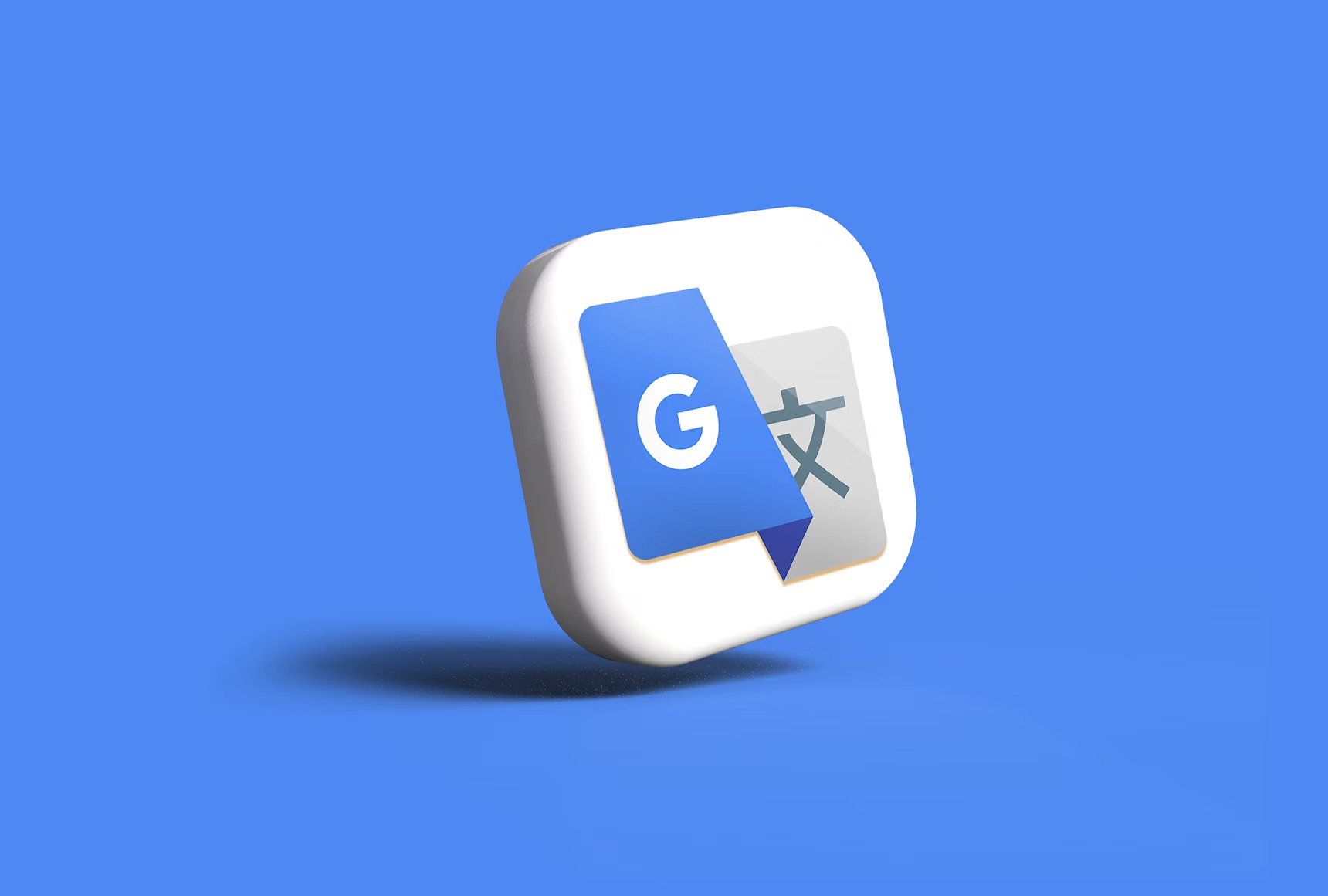
For over two decades, Google Translate has been a quick solution for understanding words and phrases. Soon, it could take on a new role — helping users learn an entire language from the ground up.
Although Google hasn’t officially announced the feature, Android Authority managed to activate a long-rumored “Practice” mode hidden in the latest version of the app. This marks the first time the feature has been seen in action, following initial reports of its existence in April.
AI-Powered Personalized Lessons
The experimental feature appears to be driven by AI, offering tailored language lessons based on user preferences. Currently, English, Spanish, French, and Portuguese are supported, though only French and Spanish are working in this early stage.
Users can indicate their skill level — Basic, Intermediate, or Advanced — and select learning scenarios such as “work basics” or “describing a job.” There’s also an option to create custom scenarios via prompts, which could be particularly useful for travel. For example, a skier heading to France could request ski-related vocabulary before a trip.
After completing a lesson, users can adjust the difficulty level for future sessions, making the learning curve more adaptable.
Possible Subscription Model
References to a “trial period” suggest that Google may initially offer the feature for free but could eventually include it in a premium package, possibly tied to its top-tier Gemini services. As with all leaked features, there’s no guarantee this will officially launch.
Earlier this year, Google tested other AI-driven language tools through its Labs projects, though these were separate from Translate and more focused on mini-games that tested knowledge rather than providing full courses.
The push toward AI in this field is growing. Duolingo CEO Luis von Ahn previously announced plans to make the company “AI-first” and eliminate contract workers in favor of AI-generated content. However, user backlash led him to reverse course, admitting the reaction was far stronger than expected.
Author’s Opinion
If Google rolls this out worldwide, it could shake up the entire language-learning industry. The combination of real-time translation and personalized lessons in one app would remove the need to juggle multiple tools. But it will need to strike a balance between free access and paid features — otherwise, it risks alienating the very users who would benefit most from it.
Featured image credit: Rubaitul Azad via Unsplash
For more stories like it, click the +Follow button at the top of this page to follow us.
